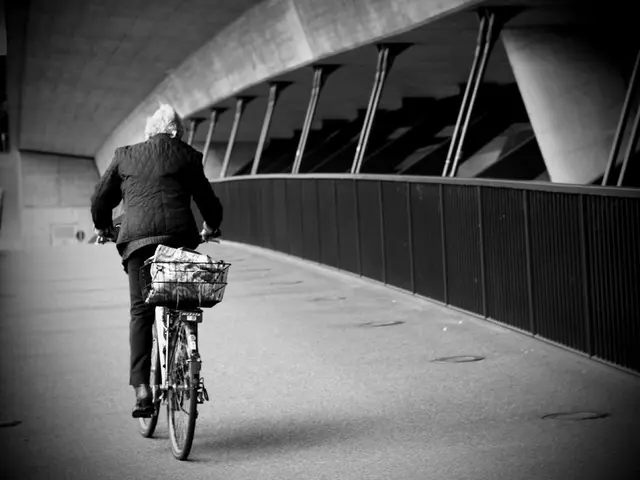Reevaluating Design: The Obstacles of Reimagining, Continued: Part 2
In a unique and fascinating project, a team of four individuals have been tasked with the revival of the Toyota Toyopet Racer, a significant piece of automotive history that first graced the racing circuit over 70 years ago.
At the helm of the rear-wheel brake design was Ding, who understood the importance of striking a balance between required braking force and a comfortable feel. Recognizing the need for effective communication, Ding emphasized the importance of engaging with different departments within the company and outside suppliers.
Sugimoto, another team member, learned the value of perseverance and determination during this project. He discovered the significance of having a clear objective and continually finding ways to get things done, rather than giving up.
The team faced numerous challenges, one of which was the initial decision to borrow drum brakes from minivehicles for the Toyopet Racer. However, these brakes were too small, necessitating modifications to ensure sufficient braking power. The team ultimately decided to adhere to the original design, with only rear-wheel brakes.
The team's efforts extended to the suspension as well. They aimed to replicate the original Toyopet Racer's look, ride height, vehicle stance, and feel. However, finding the right materials for the suspension components proved to be a challenge, as some materials used in the original vehicle were no longer in use.
Omura played a crucial role in deciphering materials for various components, with assistance from Toyota's oyaji and others outside the company. He also recognized the importance of establishing connections with key individuals both inside and outside the company.
Tashiro, another team member, gained a new appreciation for making connections with people from various departments. The team faced challenges in aligning holes during assembly due to minor dimensional errors and slight deformities.
To increase braking power, the team boosted the pressure transmitted to the wheel cylinders and increased the brake pedal ratio. They also considered using a clutch master cylinder. The vehicle's performance was used to estimate the braking distance, while run-off areas and speed limits were set for the test course.
The trial runs could only be conducted by those who understood the Toyopet Racer's unique braking setup and had familiarized themselves with the manual outlining how to respond in the event of an emergency.
After completing their assignment on schedule, the team has already embarked on new challenges. The revived Toyopet Racer is now on display at the Fuji Motorsports Museum, a testament to their hard work and dedication.
This ninth article in the series focuses on the efforts of the project team in creating the suspension and related components. The Toyopet Racer's revival is a significant milestone in Toyota's history, showcasing the company's commitment to preserving its automotive heritage.
- In their attempt to replicate the original Toyopet Racer's suspension, the team encountered a challenge in finding suitable materials for the suspension components, as some materials used originally are no longer in use.
- Tashiro, a team member, learned the importance of making connections with people from different departments, a crucial skill that helped the team overcome the challenges they faced during assembly.
- To enhance the braking power of the Toyopet Racer, the team adjusted the pressure transmitted to the wheel cylinders, increased the brake pedal ratio, and even considered using a clutch master cylinder.
- The team recognized the necessity of engaging with various departments within the company and outside suppliers, a lesson exemplified by Ding's emphasis on effective communication for the success of the project.




